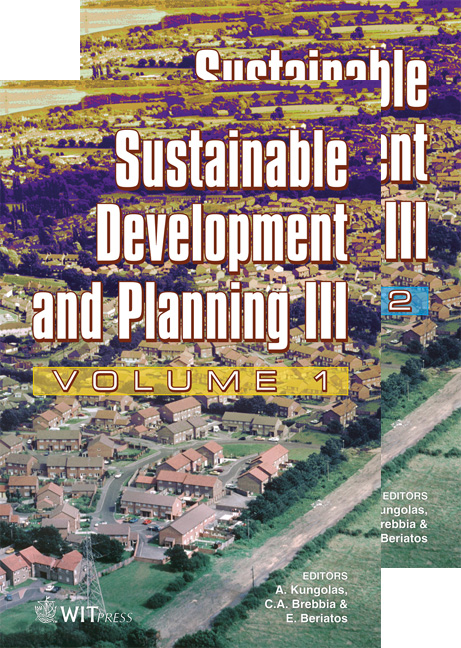Welfare Gains From Urbanizing Landscapes In Great Barrier Reef Catchments? A Spatial Environmental-economic Modelling Approach
Price
Free (open access)
Transaction
Volume
102
Pages
13
Published
2007
Size
610 kb
Paper DOI
10.2495/SDP070712
Copyright
WIT Press
Author(s)
P. C. Roebeling, C. S. Fletcher, D. W. Hilbert & J. Udo
Abstract
The Reef Water Quality Protection Plan aims at ‘halting and reversing the decline in water quality’ entering the Great Barrier Reef (GBR) by 2015. Population growth rates in GBR catchments are, however, amongst the largest in Australia and expected to lead to substantial changes in land use, a subsequent decline in water quality and degradation of the GBR ecosystem. This paper explores welfare gains that can be obtained from population growth in a linked terrestrial and marine ecosystem, using a deterministic optimal control approach in which we equate terrestrial benefits from population induced residential development patterns and, subsequent, marine costs from water pollution associated with these development patterns. Patterns of land use development are thereby explored using a classic urban economic model with environmental amenities, while associated water quality impacts are assessed using a water quality model. For a case study catchment in the Wet Tropics of Australia, results show that the welfare maximizing population size depends to a large extent on whether downstream costs from water pollution are taken into account. Ignoring downstream costs from water pollution leads to welfare maximizing populations that are multiple times the current catchment population. Accounting for these downstream costs, however, leads to welfare maximizing populations that are only a fraction larger than the current catchment population. Keywords: regional planning, urbanizing landscapes, watershed management, optimal control, spatially-explicit models.
Keywords
regional planning, urbanizing landscapes, watershed management, optimal control, spatially-explicit models.





